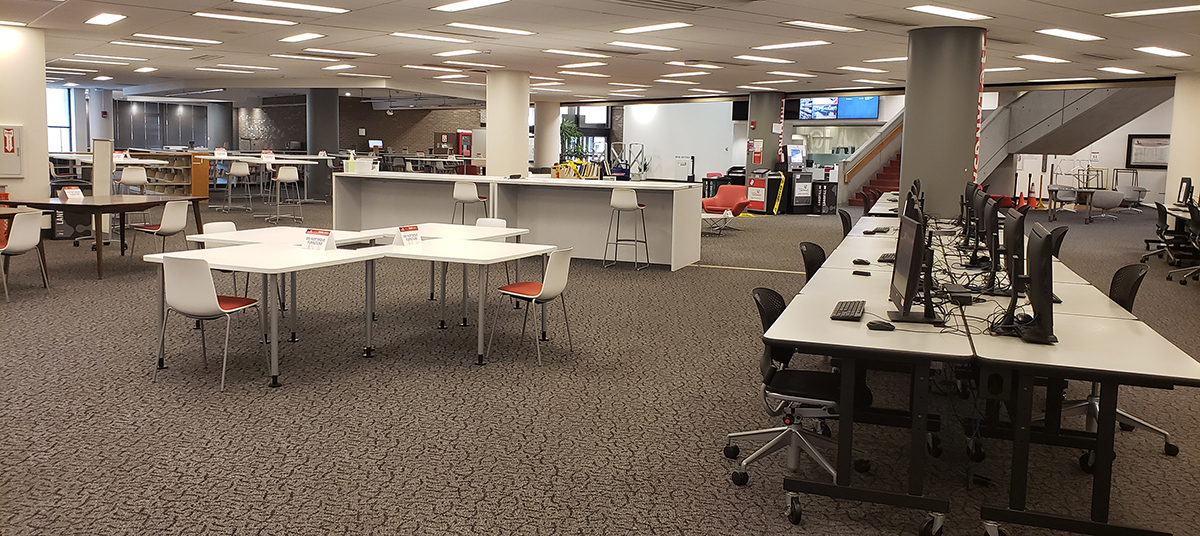UC Libraries will remain closed Tuesday, Feb. 16 except for:
- Walter C. Langsam Library: 12 p.m. – 8 p.m., building access only, no Click & Collect
- Donald C. Harrison Health Sciences Library: 12 p.m. – 7 p.m.
- Ralph E. Oesper Chemistry-Biology Library: Card access, no changes in hours
- Clermont College Library: 12 p.m. – 4 p.m.
- UC Blue Ash College Library: 12 p.m. – 3 p.m.
All other locations remain closed with no Click & Collect. UC Libraries remains available online to provide users with access to library resources and services.

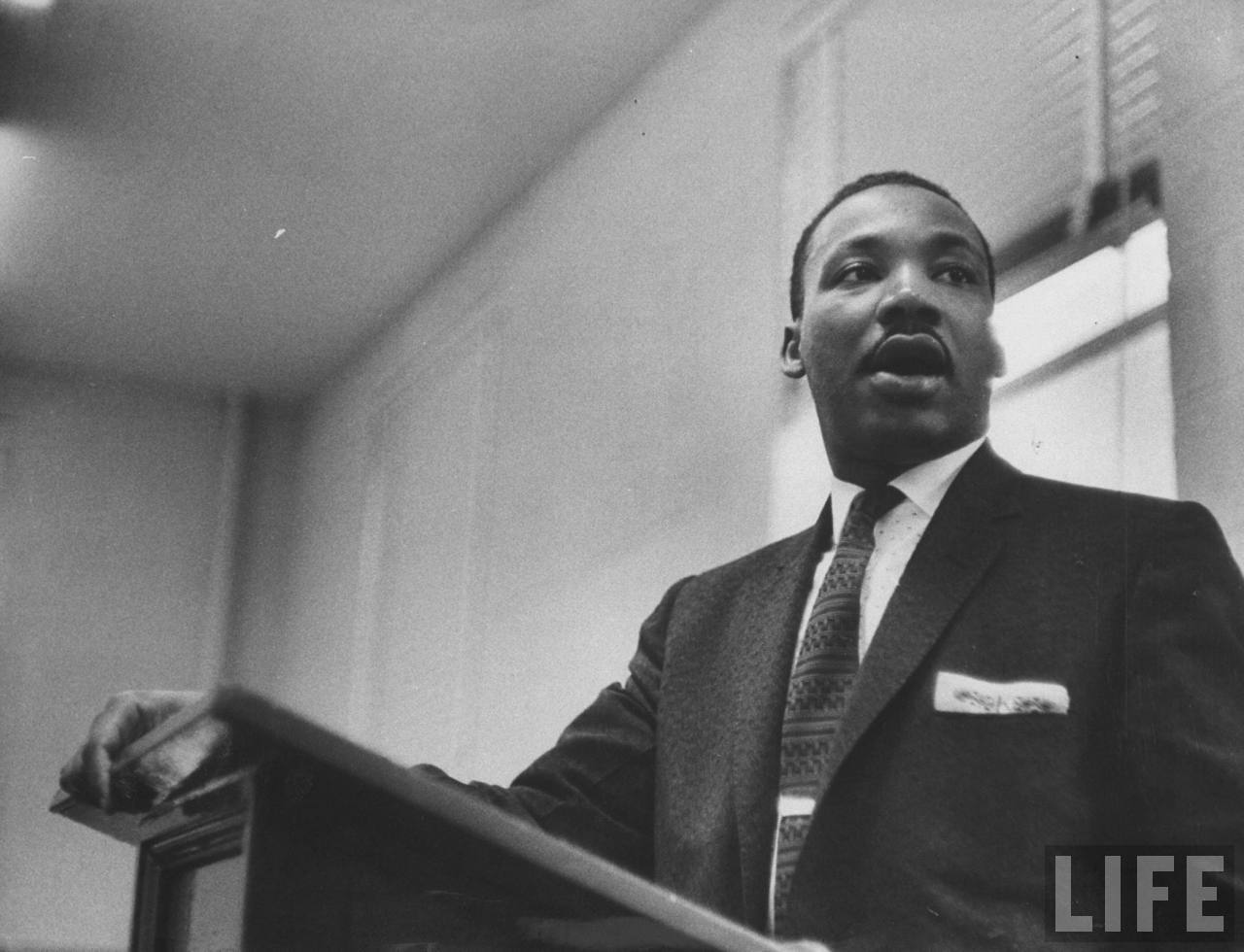
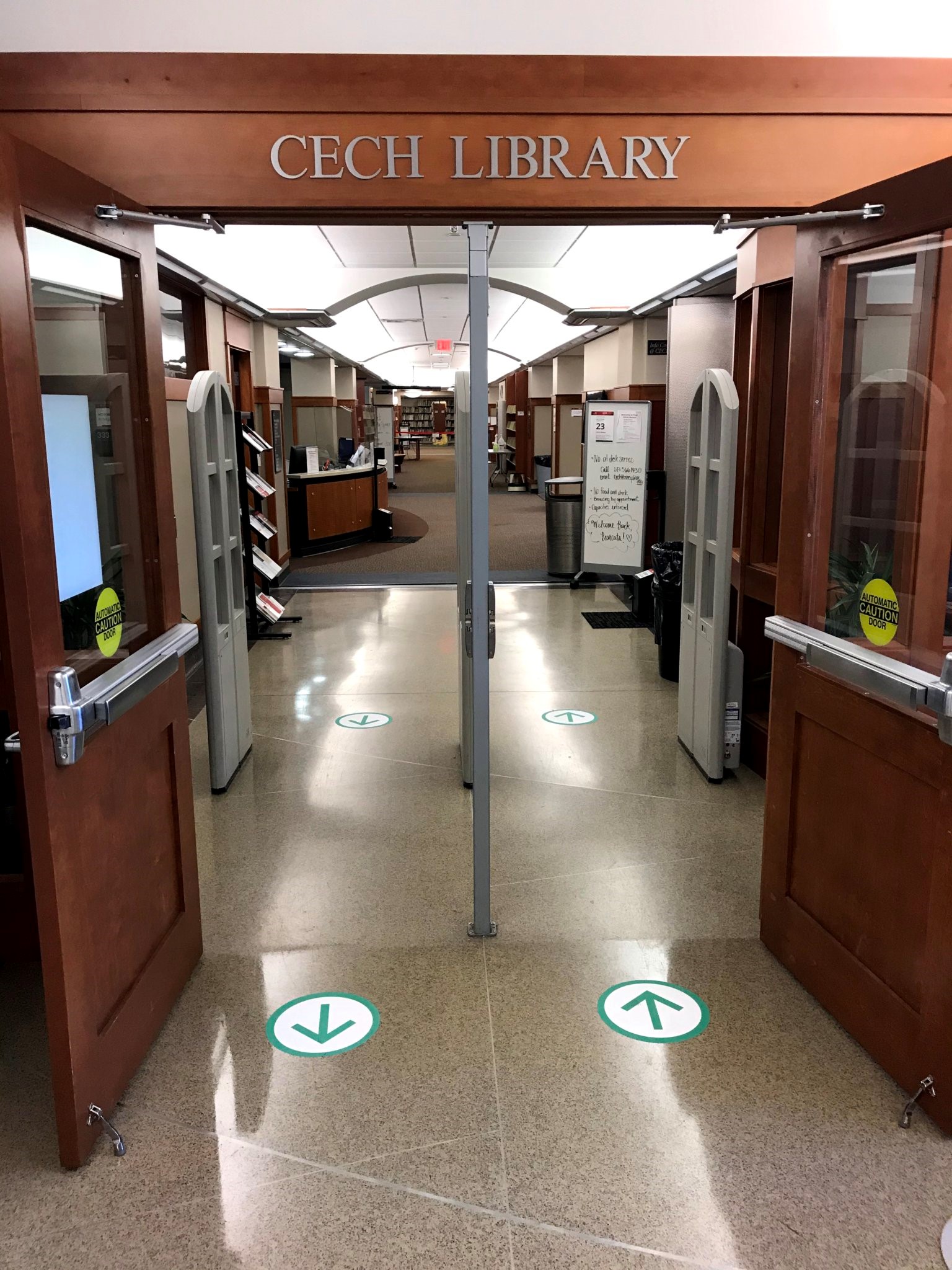
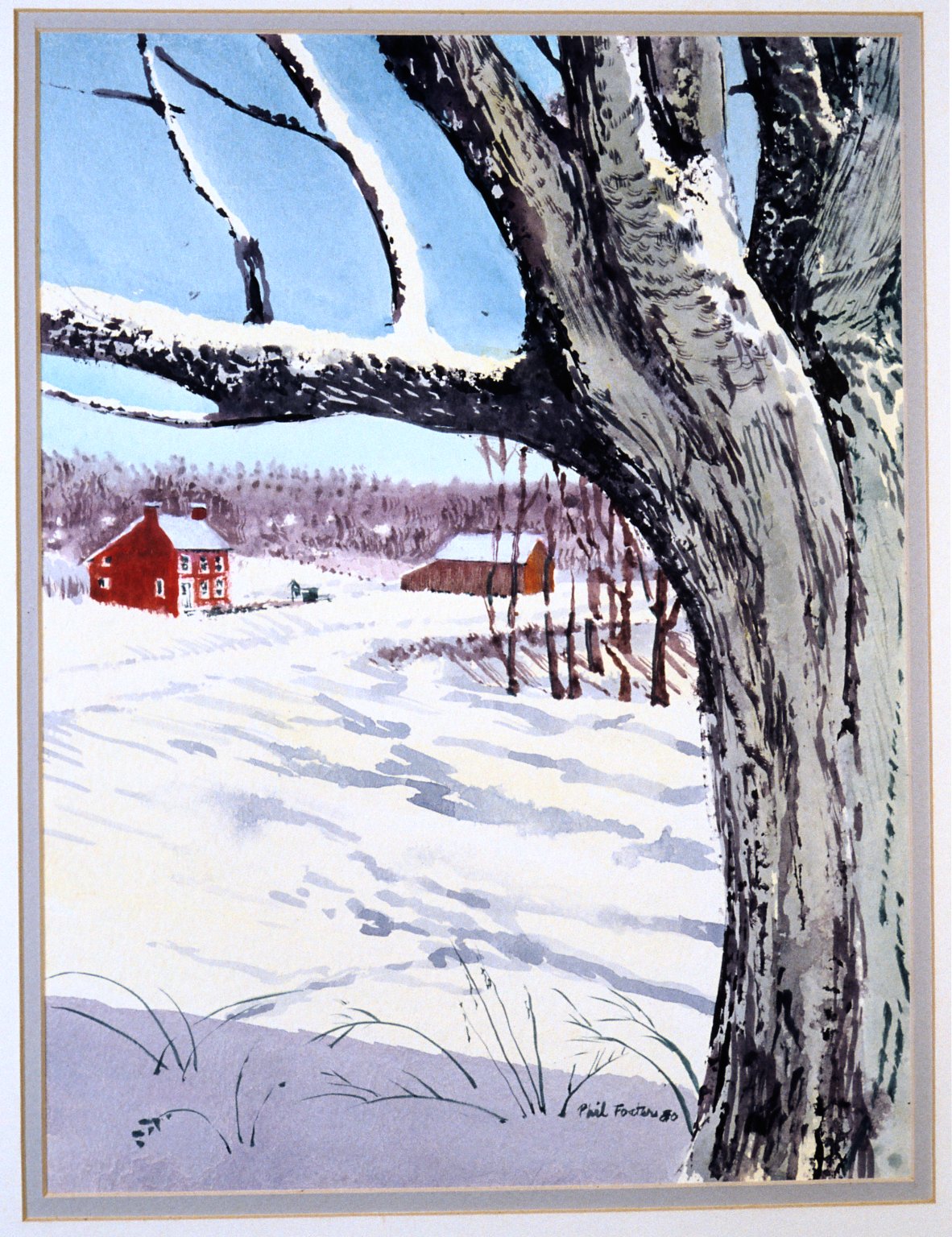
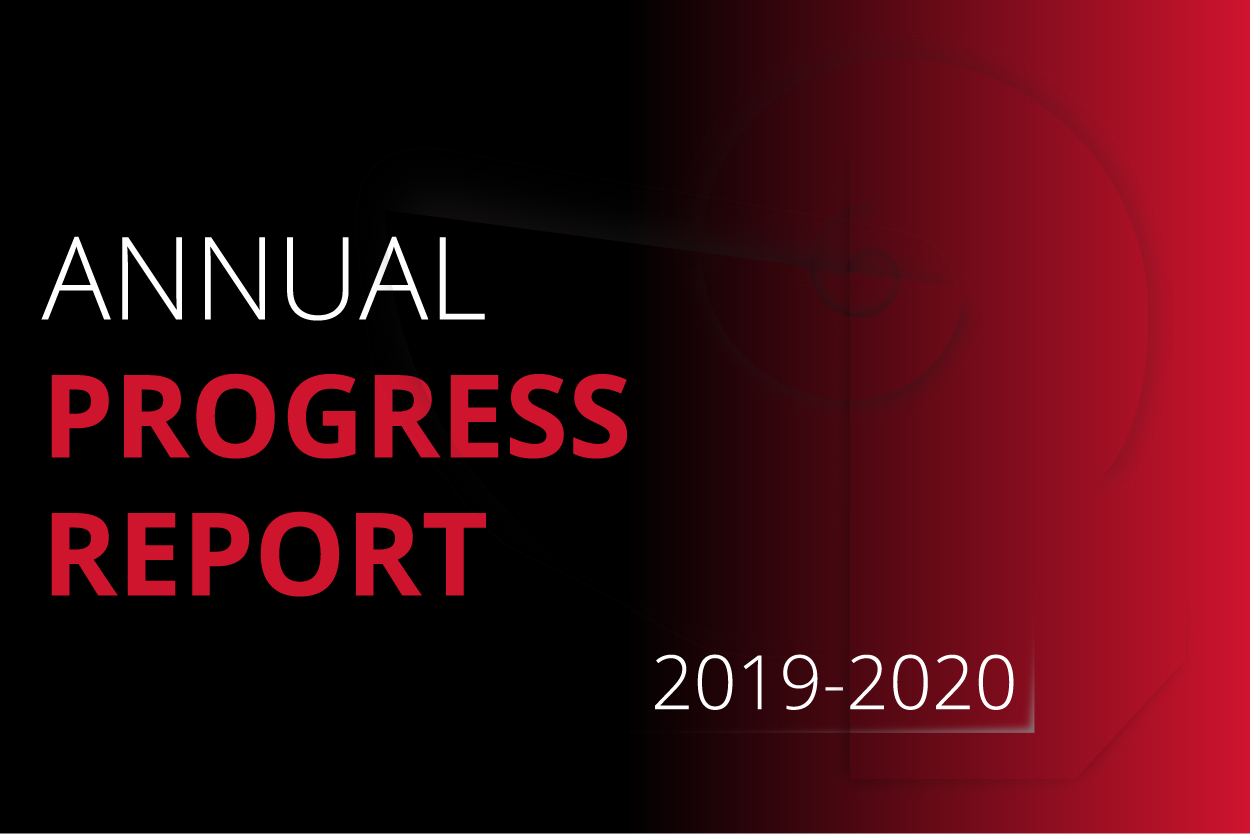
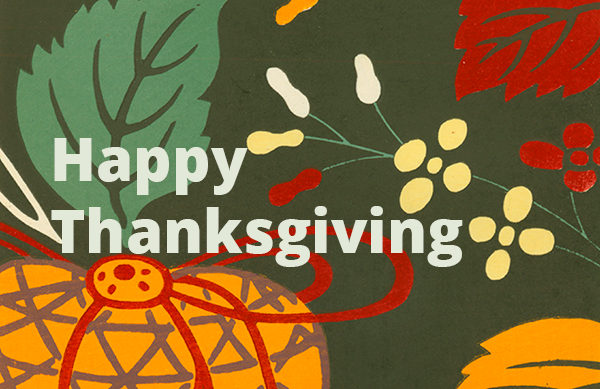
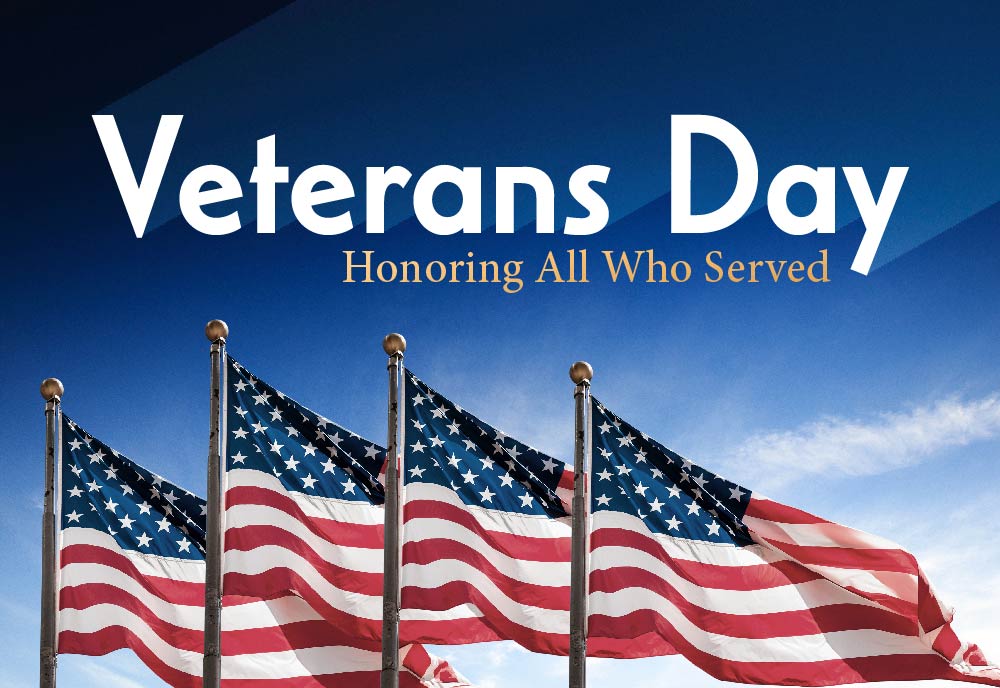
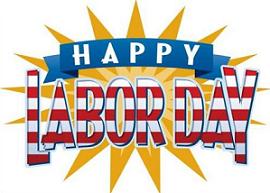 braries are closed Monday, September 7 for Labor Day, except for the
braries are closed Monday, September 7 for Labor Day, except for the 